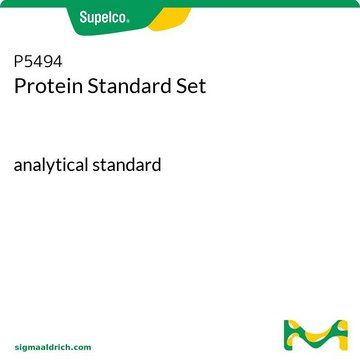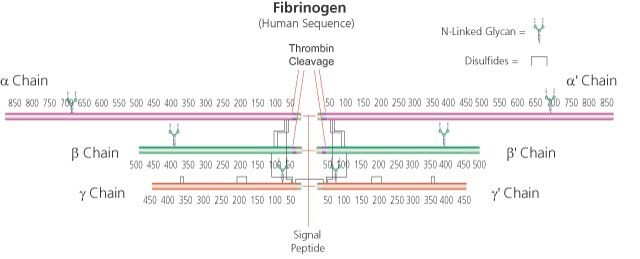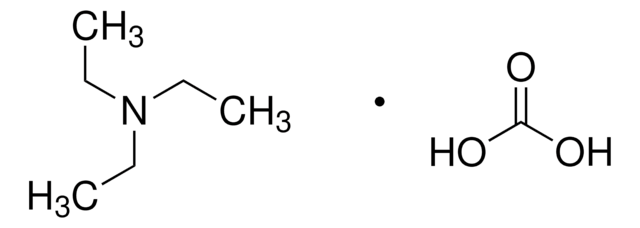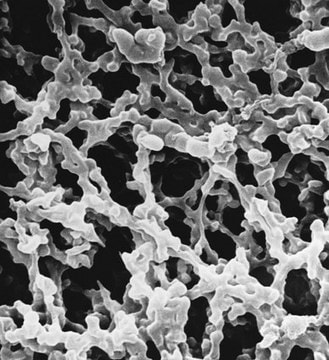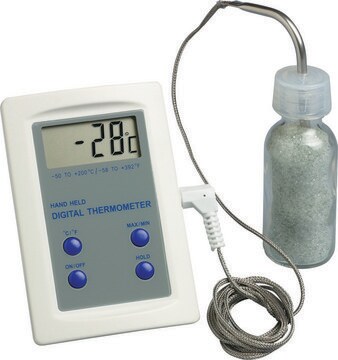MAB2254
Anti-Tropomyosin Antibody, clone 15D12.2
clone 15D12.2, from mouse
同義詞:
tropomyosin 1 (alpha), cardiomyopathy, hypertrophic 3, tropomyosin 1 alpha chain, HTM-alpha, Alpha-tropomyosin, chromosome 15 open reading frame 13, Tropomyosin-1, sarcomeric tropomyosin kappa, alpha tropomyosin
登入查看組織和合約定價
全部照片(2)
About This Item
分類程式碼代碼:
12352203
eCl@ss:
32160702
NACRES:
NA.41
推薦產品
生物源
mouse
品質等級
抗體表格
purified antibody
抗體產品種類
primary antibodies
無性繁殖
15D12.2, monoclonal
物種活性
human, mouse
物種活性(以同源性預測)
rat (based on 100% sequence homology)
技術
immunohistochemistry: suitable
western blot: suitable
同型
IgG2bκ
NCBI登錄號
UniProt登錄號
運輸包裝
wet ice
目標翻譯後修改
unmodified
基因資訊
human ... TPM1(7168)
一般說明
Tropomyosins (Tms) are a family of >40 highly conserved protein isoforms resulting from alternative splicing of four different genes during development and that are expressed in numerous cell types. These proteins form coiled-coil heterodimers which bind to actin polymers along the α-helical grove. Tropomyosin’s function varies depending on cell type in which it is expressed. Within muscle, Tms play a role in the regulation of actin-myosin interplay for the purpose of mediating muscle contraction. In non-muscle cells, studies suggest a role in the stabilization of actin filaments, along with protecting actin filaments from the severing action of gelsolin and ADF/cofilin depolymerization. Tms also appear to have a role in the moderation of access to actin for other actin-binding proteins. Tropomyosin has an integral role in maintaining cardiovascular homeostasis. Down-regulation of Tms expression has been observed in tumor cells indicating a possible role for Tms as tumor suppressors.
特異性
The antibody recognizes the entire exon 9d of Tropomyosin.
免疫原
Epitope: Exon 9d
Linear peptide corresponding to the entire exon 9d of rat Tropomyosin.
應用
Detect Tropomyosin using this Anti-Tropomyosin Antibody, clone 15D12.2 validated for use in WB, IH.
Immunohistochemistry Analysis: 1:300 dilution from a representative lot detected Tropomyosin in human striated muscle tissue.
Research Category
Cell Structure
Metabolism
Cell Structure
Metabolism
Research Sub Category
Cytoskeleton
Muscle Physiology
Cytoskeleton
Muscle Physiology
品質
Evaluated by Western Blot in mouse brain tissue lysate.
Western Blot Analysis: 0.5 µg/mL of the antibody detected Tropomyosin in 10 µg of mouse brain tissue lysate.
Western Blot Analysis: 0.5 µg/mL of the antibody detected Tropomyosin in 10 µg of mouse brain tissue lysate.
標靶描述
~ 30-40 kDa observed MWs. Tm6: 40 kDa; Tm1: 38 kDa; Tm2: 36 kDa; Tm3: 34 kDa; Tm5: 30 kDa
外觀
Protein G
Format: Purified
Purified mouse monoclonal IgG2bκ in buffer containing 0.1 M Tris-Glycine, pH 7.4, 150 mM NaCl with 0.05% sodium azide.
儲存和穩定性
Stable for 1 year at 2-8°C from date of receipt.
分析報告
Control
Mouse brain tissue lysate
Mouse brain tissue lysate
其他說明
Concentration: Please refer to the Certificate of Analysis for the lot-specific concentration.
免責聲明
Unless otherwise stated in our catalog or other company documentation accompanying the product(s), our products are intended for research use only and are not to be used for any other purpose, which includes but is not limited to, unauthorized commercial uses, in vitro diagnostic uses, ex vivo or in vivo therapeutic uses or any type of consumption or application to humans or animals.
未找到適合的產品?
試用我們的產品選擇工具.
儲存類別代碼
12 - Non Combustible Liquids
水污染物質分類(WGK)
WGK 1
閃點(°F)
Not applicable
閃點(°C)
Not applicable
分析證明 (COA)
輸入產品批次/批號來搜索 分析證明 (COA)。在產品’s標籤上找到批次和批號,寫有 ‘Lot’或‘Batch’.。
Christopher Stephen Thom et al.
BMC biology, 18(1), 52-52 (2020-05-16)
Identifying causal variants and genes from human genetic studies of hematopoietic traits is important to enumerate basic regulatory mechanisms underlying these traits, and could ultimately augment translational efforts to generate platelets and/or red blood cells in vitro. To identify putative
Sophie Uzureau et al.
Cell reports, 30(11), 3821-3836 (2020-03-19)
The C-terminal variants G1 and G2 of apolipoprotein L1 (APOL1) confer human resistance to the sleeping sickness parasite Trypanosoma rhodesiense, but they also increase the risk of kidney disease. APOL1 and APOL3 are death-promoting proteins that are partially associated with
我們的科學家團隊在所有研究領域都有豐富的經驗,包括生命科學、材料科學、化學合成、色譜、分析等.
聯絡技術服務

